Naomi Osaka and her elder sister Mari were just toddlers, growing up in the city that shares their name, when their father found himself captivated by the TV coverage of Roland-Garros in 1999. Two teenage sisters were sweeping all before them on their doubles debut, and went on to claim the title. Their names: Venus and Serena Williams. Their route to greatness: a roadmap for his own daughters.
Williams awaits in Osaka’s dream
Naomi Osaka’s career was inspired by the 23-time major winner - now she faces her idol for the title in New York
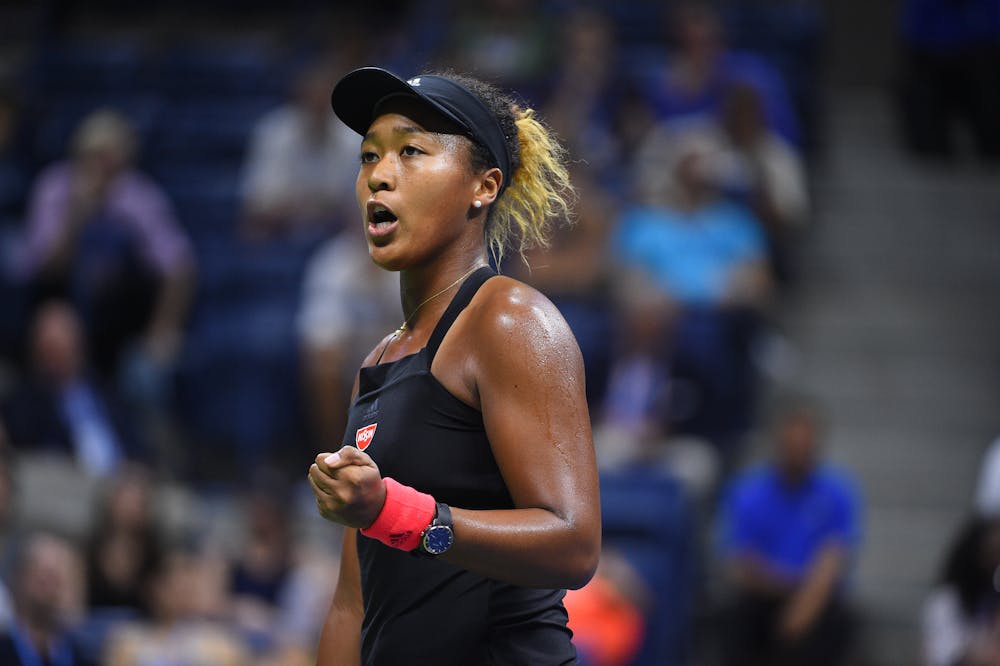
Nineteen years later, like so many other tennis parents before him, on Saturday Haitian-born Leonard Francois and mother Tamaki Osaka of Japan will face the gamut of emotions that come with watching their progeny and project play in a Grand Slam final. And as if written in the stars, standing between Naomi Osaka and Japan’s first major singles title is her father’s inspiration and her own idol, Serena.
“I always dreamed I would play Serena in the final“
It’s the match Osaka has dreamed of since first picking up a racquet, and rather than feeling intimidated by facing the 23-time Grand Slam champion, the 20-year-old wouldn’t have it any other way. Indeed, it was the knowledge that Williams would be waiting for her in the US Open final that gave her the motivation to fend off 13 break points during her 6-2 6-4 victory over last year’s finalist Madison Keys during Thursday night semi-final.
“This is gonna sound really bad, but I was just thinking ‘I really wanna play Serena,’” Osaka told reporters. Asked why, she was incredulous at the need to explain. “Because she’s Serena!
“Even when I was a little kid, I always dreamed that I would play Serena in the final of a Grand Slam. Just the fact that it's happening, I'm very happy about it. At the same time I feel like even though I should enjoy this moment, I should still think of it as another match. I shouldn’t really think of her as my idol. I should just try to play her as an opponent.”

“She’s a really good, talented player. Very dangerous.”
The Osaka family left Japan for the United States when Naomi was three years old, moving to Fort Lauderdale in Florida after a five-year spell with Francois’ parents in Long Island, New York. All the while, the Francois ensured his daughters focused on the Richard Williams blueprint: practice with your sister, hit as many balls as you can, learn to hit them hard from all corners of the court, and weaponise your serve. Despite growing up in the U.S., both sisters represent the country of their birth, Japan.
Mari, 22, is also a professional tennis player, currently ranked No.367 and a sometime doubles partner of Naomi. But it is her younger, taller sister who currently ranks among the sport’s most exciting young talents, already making good on the promise of her teenage years.
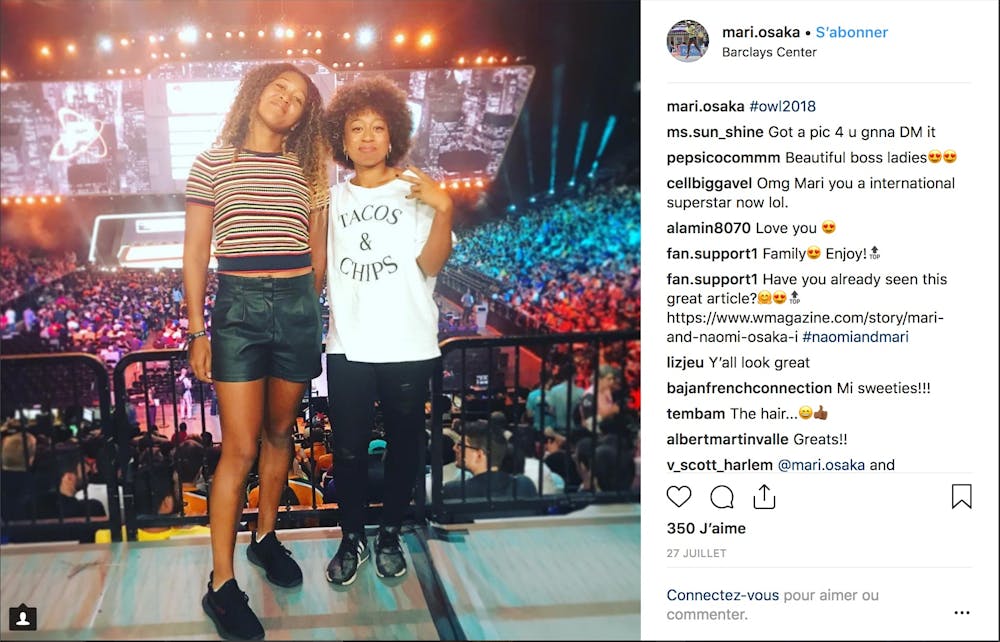
Osaka was just 18, and already drawing comparisons with Williams, when she qualified for her first Grand Slam at the 2016 Australian Open – and not just for her back story. “Osaka plays a big game of tennis,” USA Today’s Nick McCarvel wrote at the time, adding that she “possesses perhaps one of the biggest serves outside of Serena Williams… Her potential to continue climbing up the rankings is plain in her sturdy game, which can feel like Serena’s at times with the serve, forehand one-two punch.”
The ultimate compliment soon followed. “I have seen her play,” Williams told reporters on the eve of the tournament. “She’s really young and really aggressive. She’s a really good, talented player. Very dangerous.”
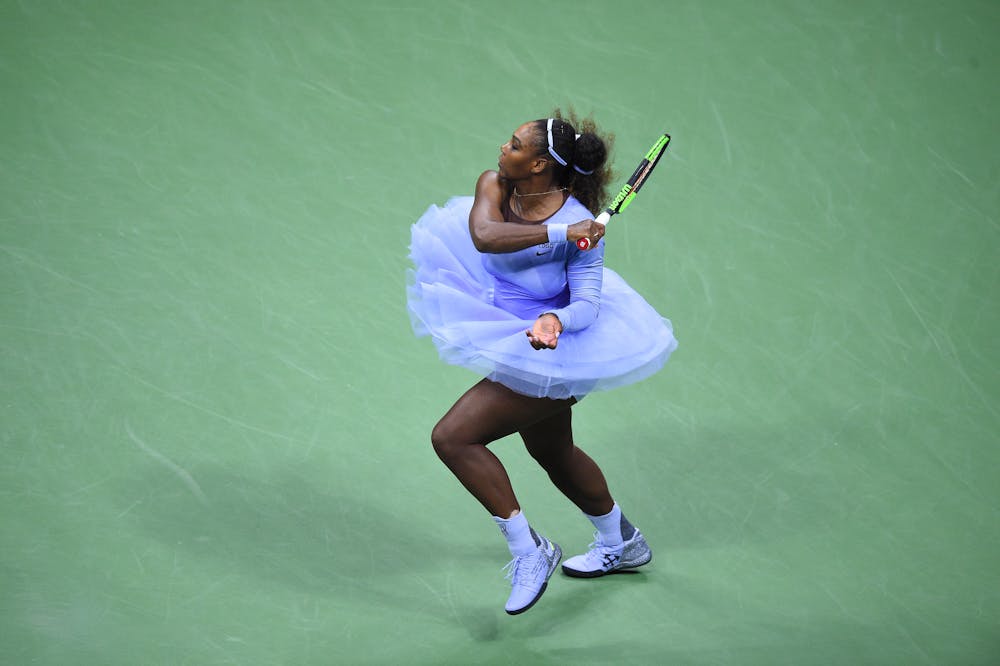
Sascha Bajin, another intrinsic link
Two years later, the world No.19 has made history simply by reaching the US Open final. In 2014, Kei Nishikori became the first Japanese man to reach a Grand Slam singles final in New York; now Osaka has become the first Japanese woman. And that meteoric rise comes courtesy of another intrinsic link between Saturday’s finalists: Osaka’s coach and Williams’ former hitting partner, Sascha Bajin.
The German was a fixture in Serena’s camp for eight years before departing to pursue a coaching career, working with the likes of Victoria Azarenka, Caroline Wozniacki and Sloane Stephens. Osaka hired him in December 2017, and the 33-year-old has proven the perfect fit for her camp – not only honing Osaka’s game, most notably her fitness, defence and backhand, but also figuring out how to help one of the tour’s most introverted personalities stay upbeat on court.
“There were a couple of matches in the past, it's not a secret, she would get a little bit negative and down on herself just because things aren't going her way,” Bajin said in New York. “But I think slowly she's finding a way to get herself out of it and not allowing so many negative emotions in her life.
“For Naomi, I believe she needs that positive mindset on court in order to look what is working and what I can do, instead of thinking what isn't working so much and why isn't it working – ‘Okay, this is working, I can work with that, and that's how I can win the match.’”
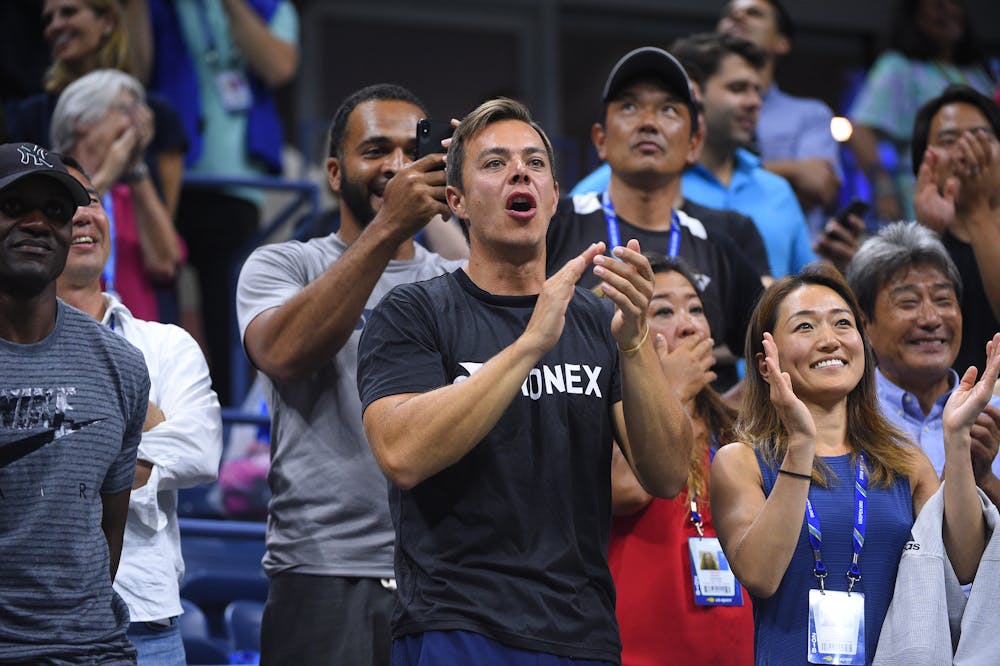
Sometimes I’m like, ‘What would Serena do?’
Since Bajin’s arrival, there has been a step-change in Osaka’s results. In March she beat former and current world No.1s Maria Sharapova, Karolina Pliskova and Simona Halep en route to the biggest title of her career to date in Indian Wells, following up with a first-round Miami Open victory over none other than Williams, still in the early stages of her return after becoming a mother.
“I kind of wanted to impress her,” Osaka said, admitting she had to focus hard on not feeling star-struck. “I just wanted to make her say, ‘Come on!’ one time, and I think she did, so I’m really happy about that.
“Sometimes when I am in a really hard position when I’m serving, I’m like, ‘What would Serena do?’ But I was playing her. It’s weird if you grow up watching someone and wanting to be exactly like them, and then you have the chance to play them and it’s sort of this respect thing. But you also want to win really bad.”
For all the parallels drawn between them, not least by Osaka herself, it is the differences that come into focus for Bajin. “The only similarity they have is that they kind of have the same hair, big hair,” he joked.
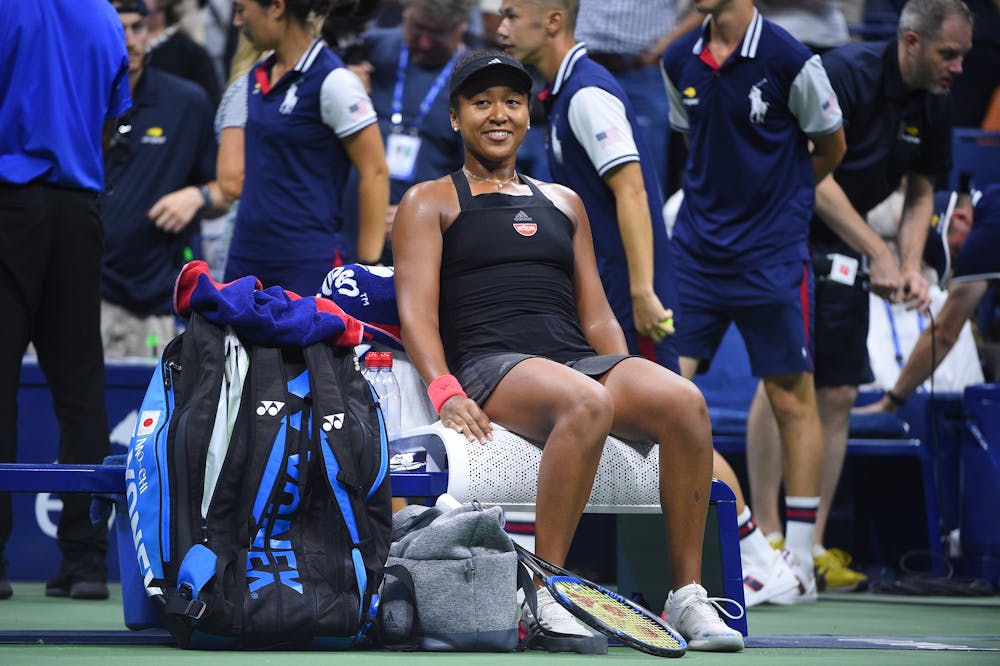
Don't dream to lose
“They are very powerful, big serves, big hitters, both of them. But even on court, Serena is very aggressive, and Naomi, I have to push her to get a fist pump out of her. Naomi is a little bit more reserved, just a little bit more shy. I haven’t met Serena when she was 20, I met her a little bit later – maybe she was the same way when she was younger. When I was with her, she was a little bit more outgoing.
“On court she’s more of a boss than Naomi is now. I’m working very hard, and we are all, in the team, working hard to make sure that Naomi one day might own the court like Serena.”
One such day may come sooner than Osaka and her team might have imagined – after all, her reverence for Serena should not be misinterpreted as deference. Asked how she fared against Williams in those Grand Slam finals in her dreams, Osaka smiled and replied: “I don't dream to lose.”
 ROLAND-GARROS
18 May - 7 June 2026
ROLAND-GARROS
18 May - 7 June 2026

